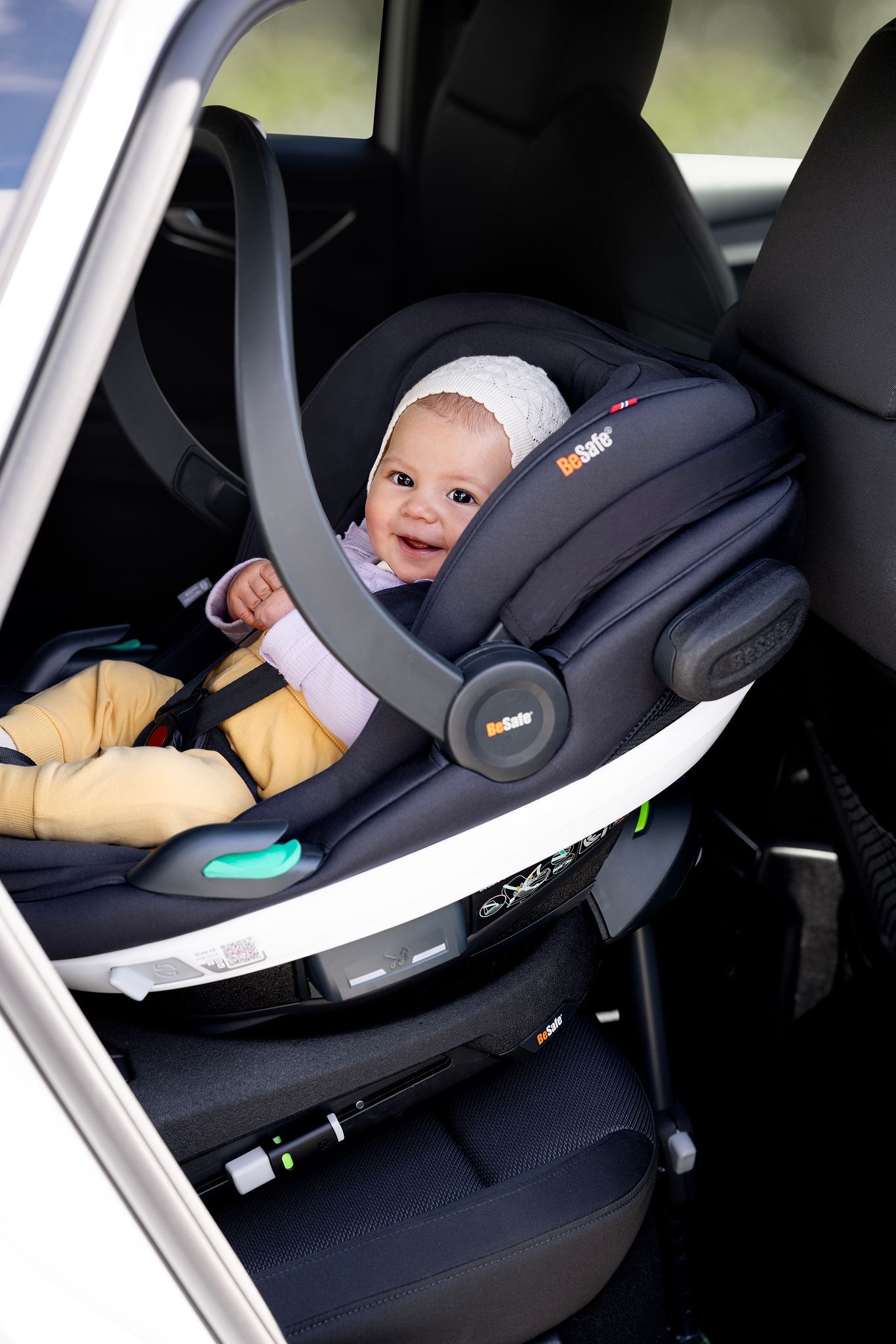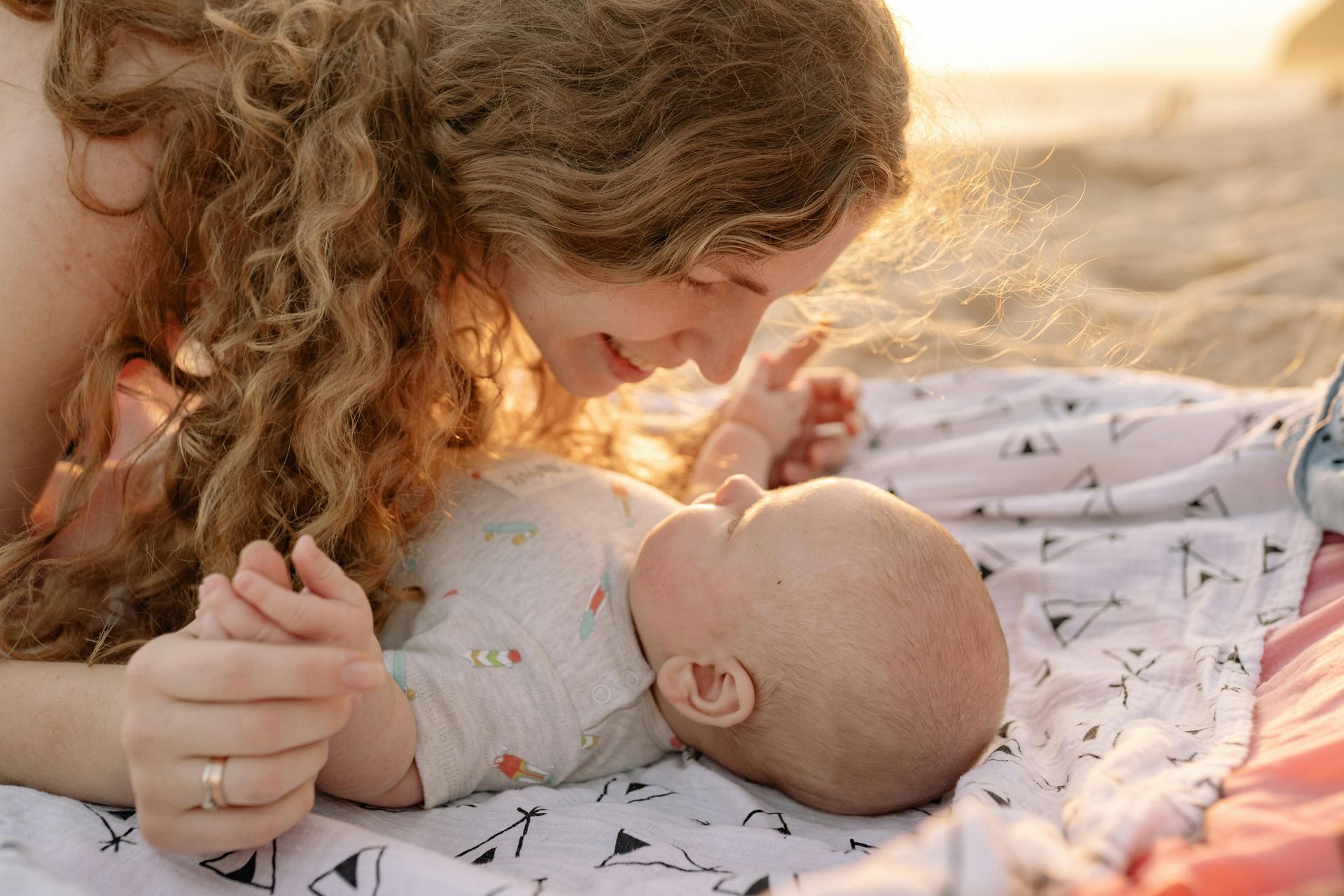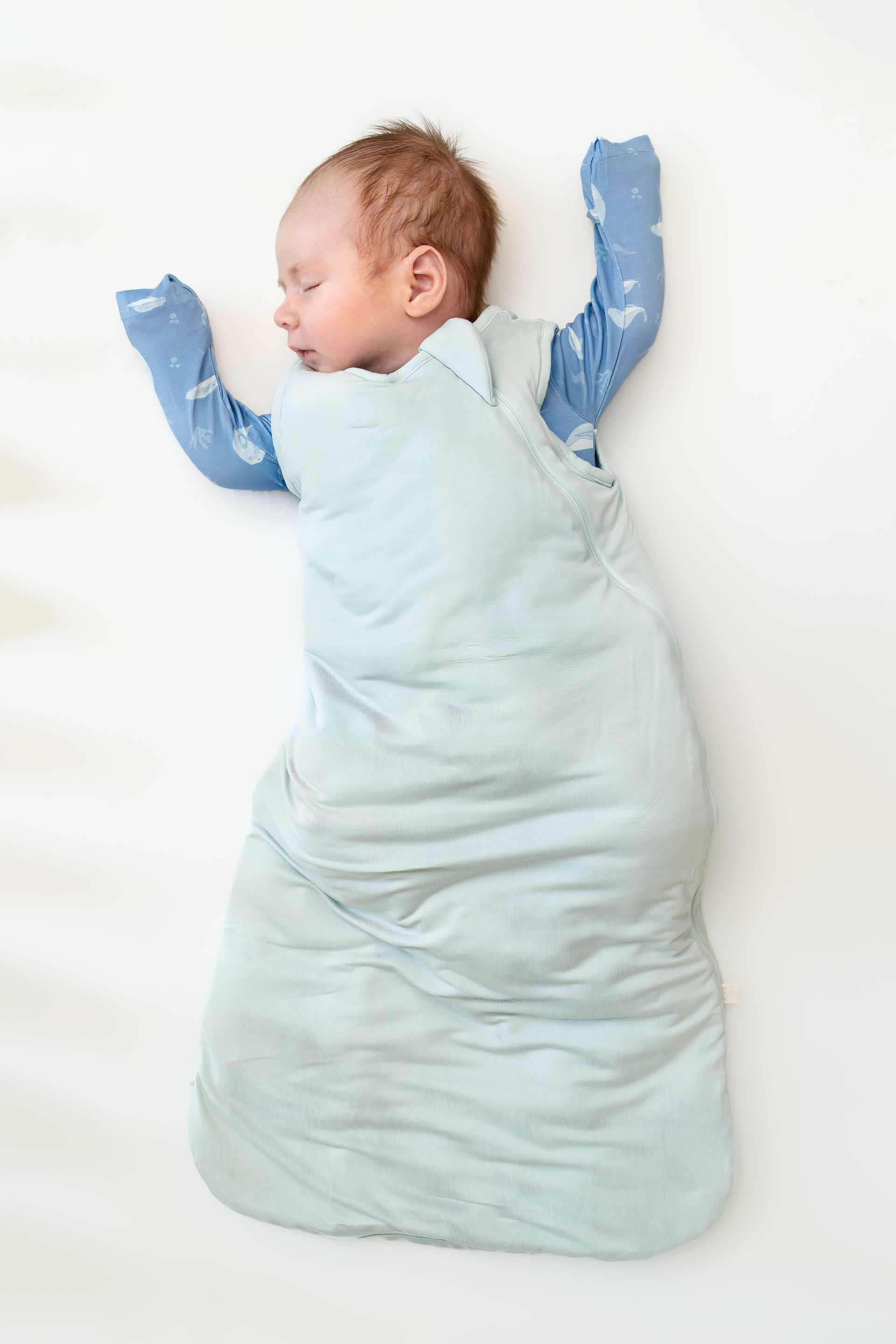Is Sleep Training the Right Choice for my Family ?
Signs of Readiness for Sleep Training
Written by Lamis Benjelloun
I am a sleep consultant, which means that I do believe that you can change your baby’s sleep behavior to improve both their sleep and yours. Yes, the ability to fall asleep is innate, but somewhere along the line, for some babies, our interference as parents leads them to come to rely on us to fall asleep. That is not to say that assisting children to sleep is wrong. It is only something that needs to be adjusted IF and only IF it is neither working for the baby nor the parents.
What is considered an issue when it comes to sleep?
Say your baby wakes up multiple times at night and is difficult to settle. Or you have to rock them to sleep for hours before they go to bed. Or you need to lay down with them and pretend to sleep until they fall asleep. Now in some cases, this may not be a big deal. If you don’t mind doing these things for your kiddo, then no need to read on. But in some cases, this goes on for so long and becomes so difficult that parents become sleep deprived. And sleep deprivation jeopardises our ability to properly care for our children: after all, you cannot pour from an empty cup.
What is sleep training?
Enter Sleep Training. Sleep training is shaping or changing our children’s sleep habits. We pick a method to replace what is currently happening (rocking, bouncing, patting), with what we would like to see happen (i.e. more independent sleep).
What does it involve?
As we work to allow our children to acquire more independent sleep habits and learn to sleep without our assistance, we can make this process easier for them by meeting their sleep needs and installing a healthy foundation for sleep. This can be done by:
a) Providing them with an environment that is conducive to sleep
b) Aligning their sleep schedule with their developmental needs
c) Creating a consistent sleep routine that they can rely on
d) Choosing a sleep training method and consistently applying it
What do I mean by choosing a sleep training method though? It’s actually not as scary as it sounds. It just means that instead of bouncing baby to sleep, how will you put them to bed? Often, children that rely on their parents to sleep end up in the crib already asleep so our new objective becomes to put them in the crib awake, at the moment at which they are most ready for sleep. Ever heard of drowsy but awake? That’s what I’m talking about here.
I’ll be honest, this will not be easy. And while the choice of method is important, what is even more important is our ability as parents to apply that method consistently, even at 4 am. Because let’s be fair to our children, if we keep changing the way we respond to them, it will take them that much longer to understand and adapt to the new habits we are trying to set up.
But it is also important to keep in mind that our children’s temperament matters. There are so many sleep training methods out there, from the “cold turkey” style ones to ones that are so gradual it could take months before you see any significant changes. But your baby may not be a “cold turkey” kind of personality and may need more gentle nudging. Or the opposite, all your efforts to be gradual may just be getting in their way of learning to sleep.
Does my family need to do sleep training ?
Now that you know what sleep training is, should you do it? Will it solve your sleep woes? Only you can answer that question. Always remember that sleep training is a CHOICE, not an obligation. No family absolutely has to sleep train. And no family has to feel bad about sleep training their children. The most common sleep issues that I help families work through is eliminating sleep crutches. Some of the most common ones include: rocking to sleep, feeding to sleep, continually replacing the pacifier, bouncing or holding to sleep and co-sleeping. However, you may be doing any or all of the above and not have a problem with it. For you, my friend, sleep training is not necessary.
What should I do prior to sleep training?
So say you have made up your mind: you will sleep train your little one. Can you do anything to prepare before night 1? Well yes, there is! For you as a parent, make sure you have a solid plan that you understand and feel comfortable with. I would also encourage you to be on the same page as your spouse or other caregivers and have their support. Because these are all things that will help you stay consistent throughout the process, during the wins and the difficult times.
For the sake of stability and consistency, make sure that during your sleep training efforts, you have no plans that would cause you to change your child’s sleep environment. I encourage you to choose a 2-4 week period in which there is little or no traveling, and minimal changes to routine. Meaning don’t start sleep training if you are planning to move houses in a week!
I’ve said it before and I’ll say it again, a well rested child is more adaptable so make sure you offer extra sleep to your kiddo prior to sleep training. Not only will your baby learn to self settle much quicker, their resistance will also be much less aggressive. Also, if you suspect any teething or illness, it is better to put your sleep training plans on hold.
What are the benefits?
What’s my favorite thing about having sleep trained my kids? Besides the fact that we are all well rested and sleep well at night, if they are ever up at night and call out for me, I know that they need something from me and I can respond accordingly. It removes all the guesswork of: are they just trying to fall back asleep or are they in pain/scared and really need my assistance?
Besides that, I can’t begin to tell you how many benefits I have reaped from sleep training. In fact, I made a career out of it because I just wanted to shout those benefits out from the rooftop and tell everyone. My kids have a predictable routine and go to bed early. Which means that my husband and I have plenty of time to watch movies, discuss family matters without constant interruption and even go out to dinner knowing that our kids will sleep soundly in the care of the sitter. My kids are happier, well rested and more adaptable to changes that we bring their way, whether that’s during a trip or after moving houses. And I can respond better to my children’s needs because my sleep needs are met. And these are just the most obvious reasons. There are so many more!





